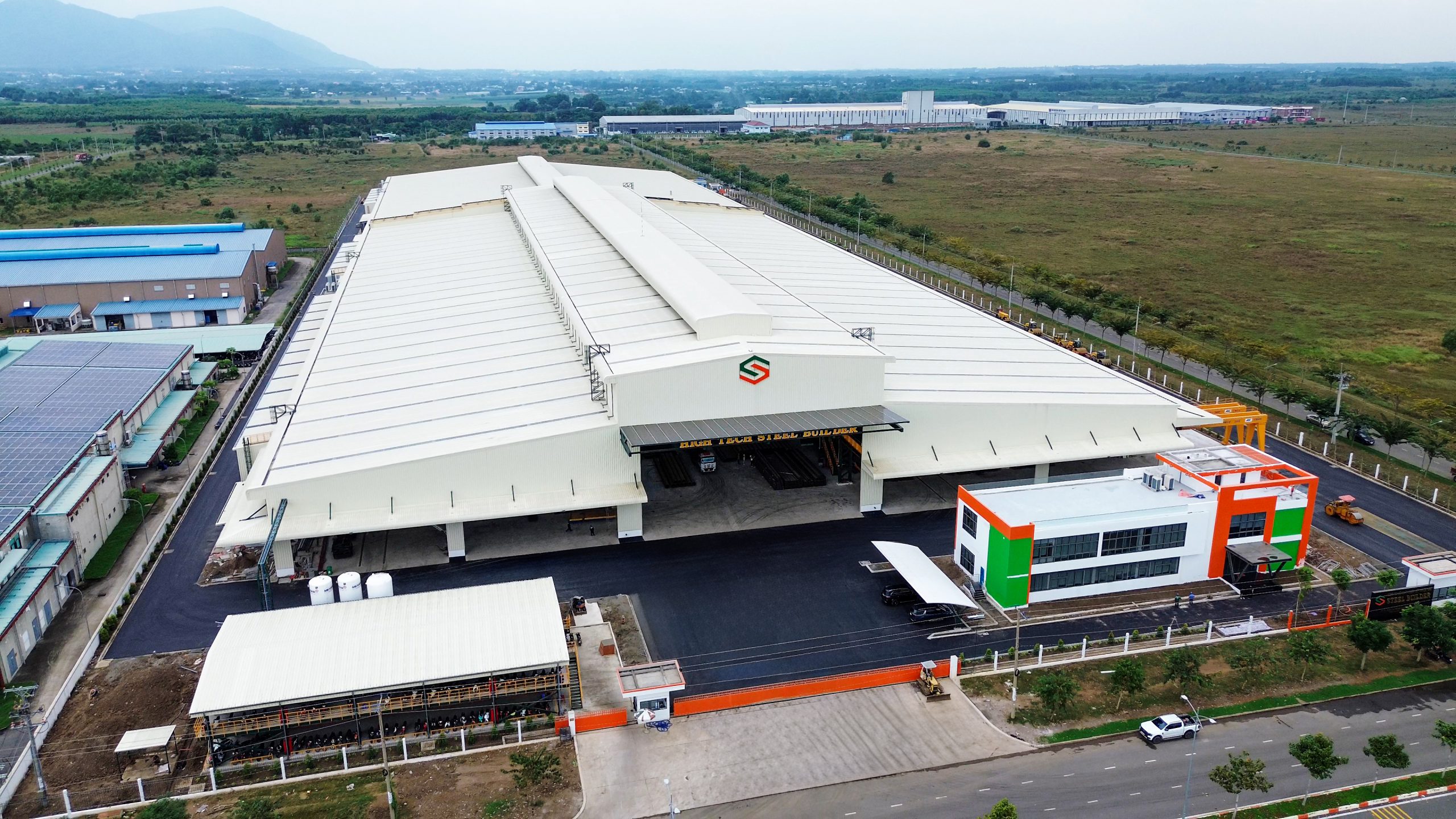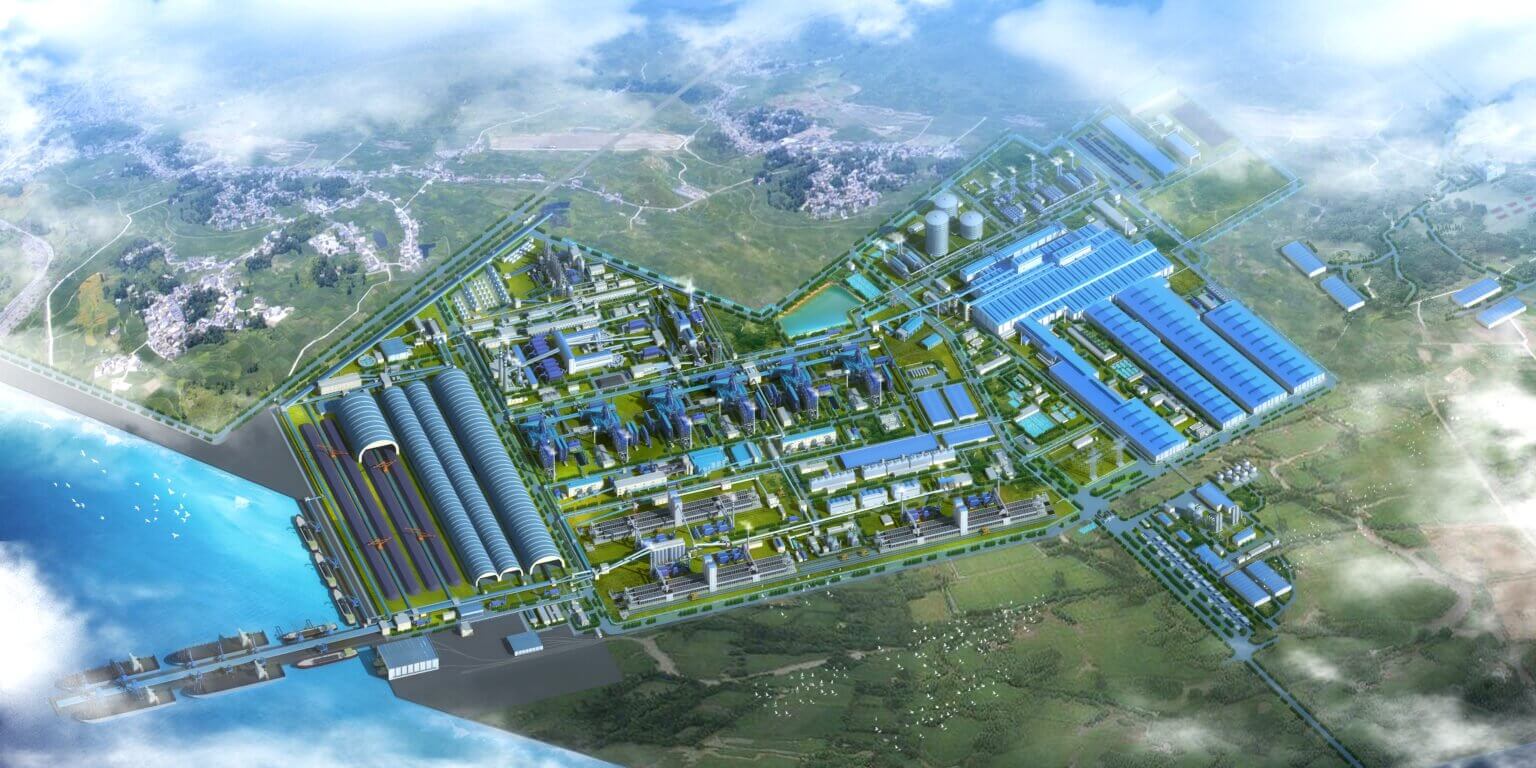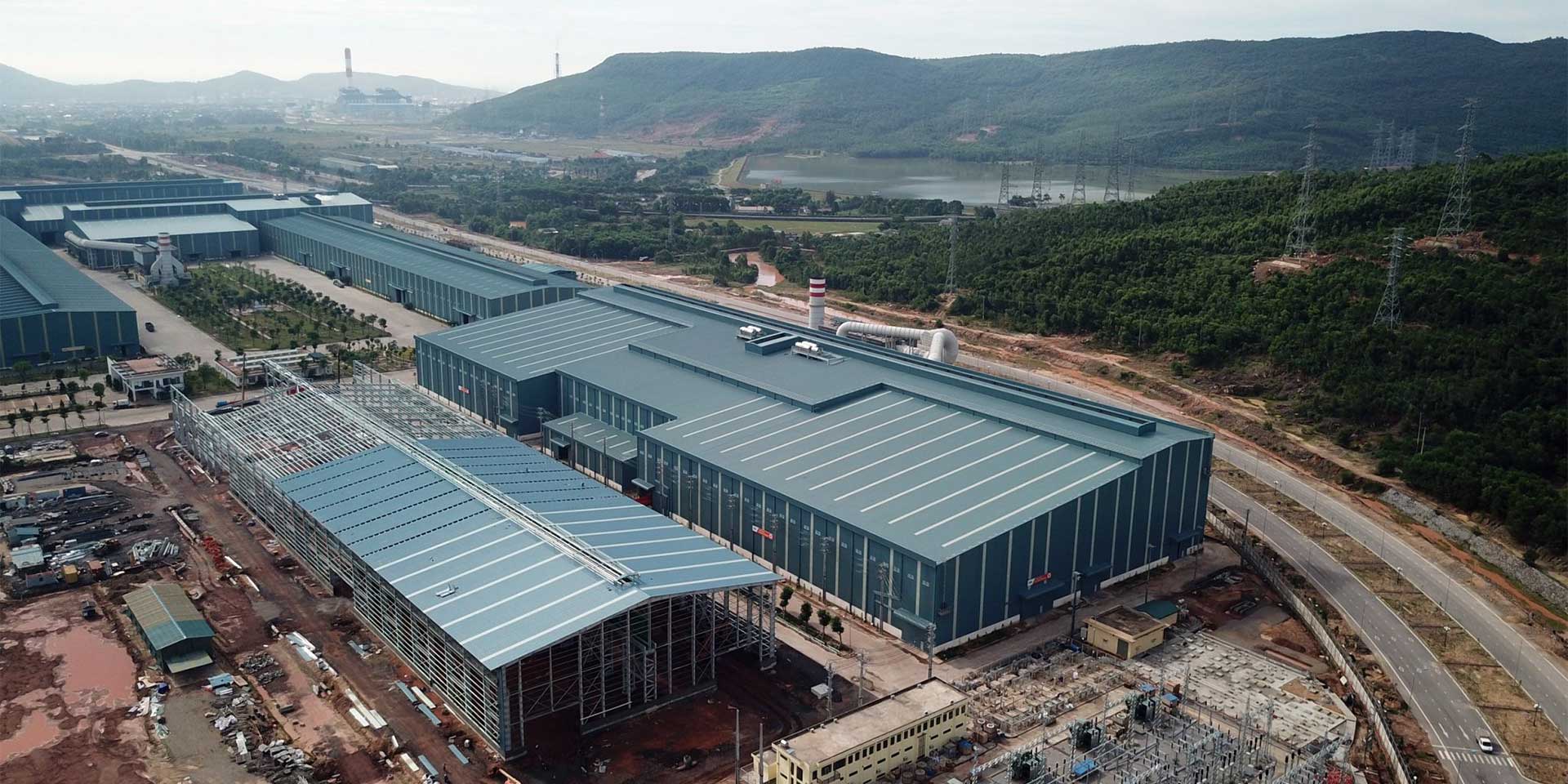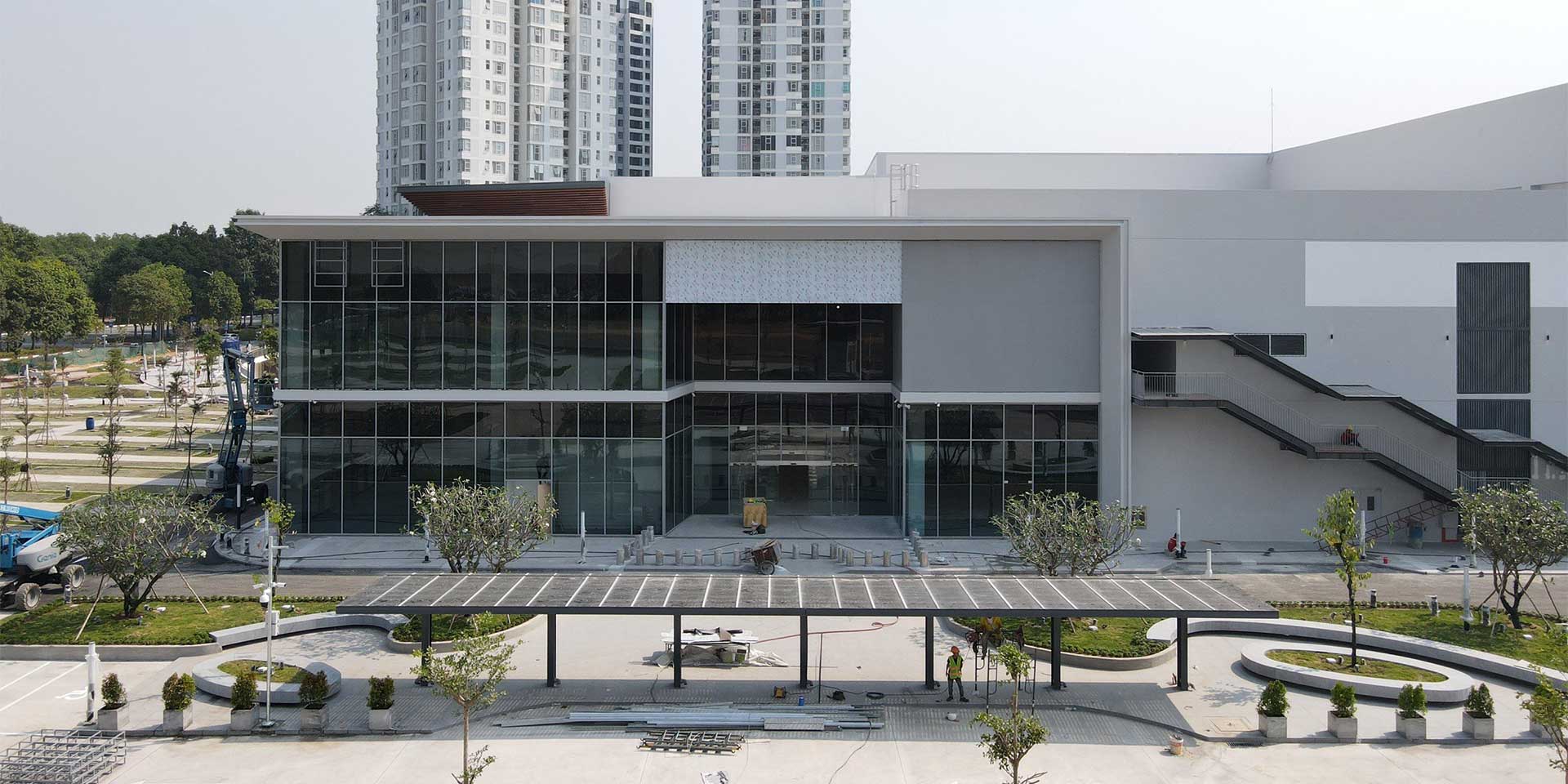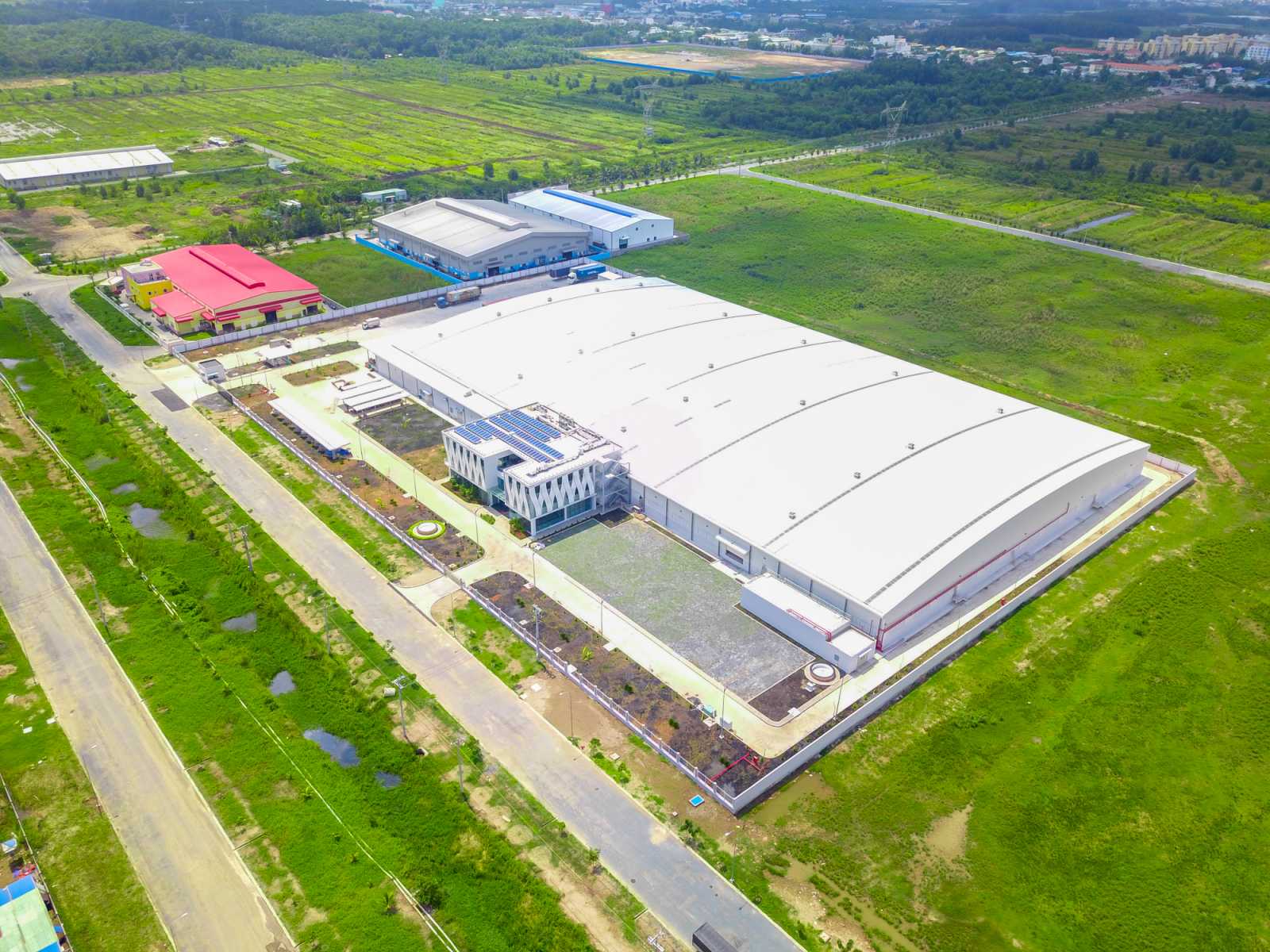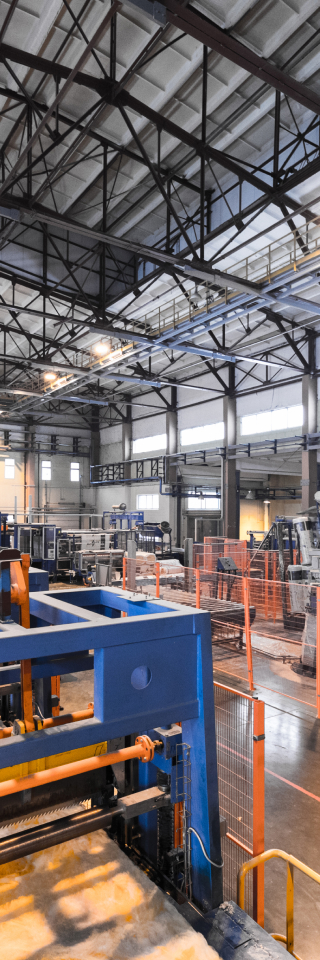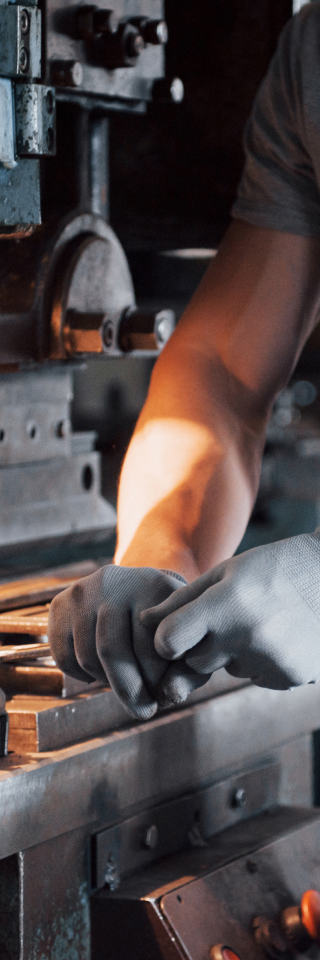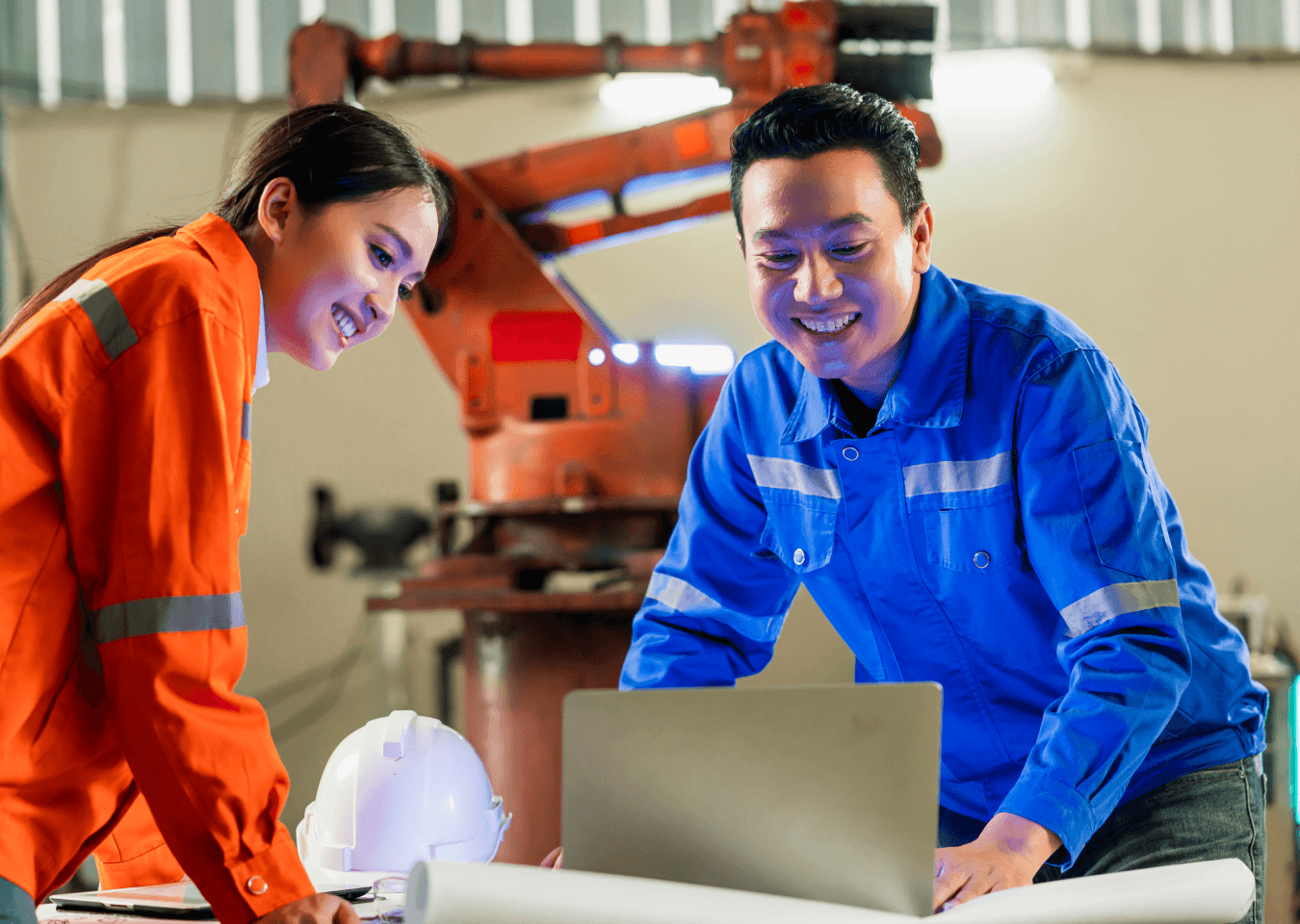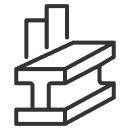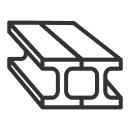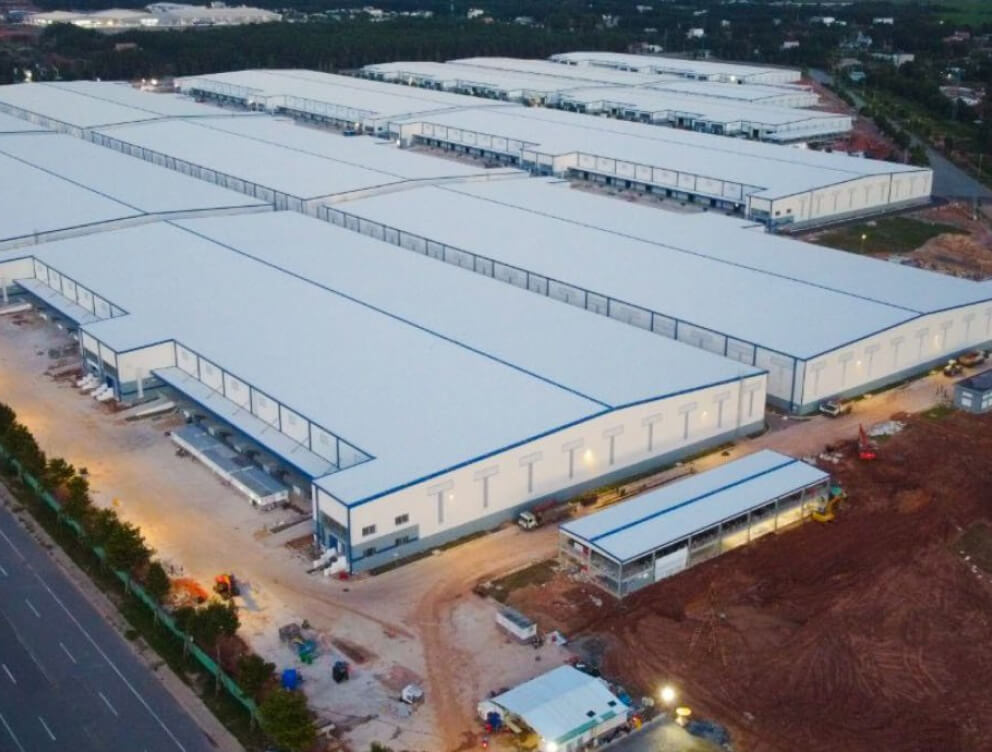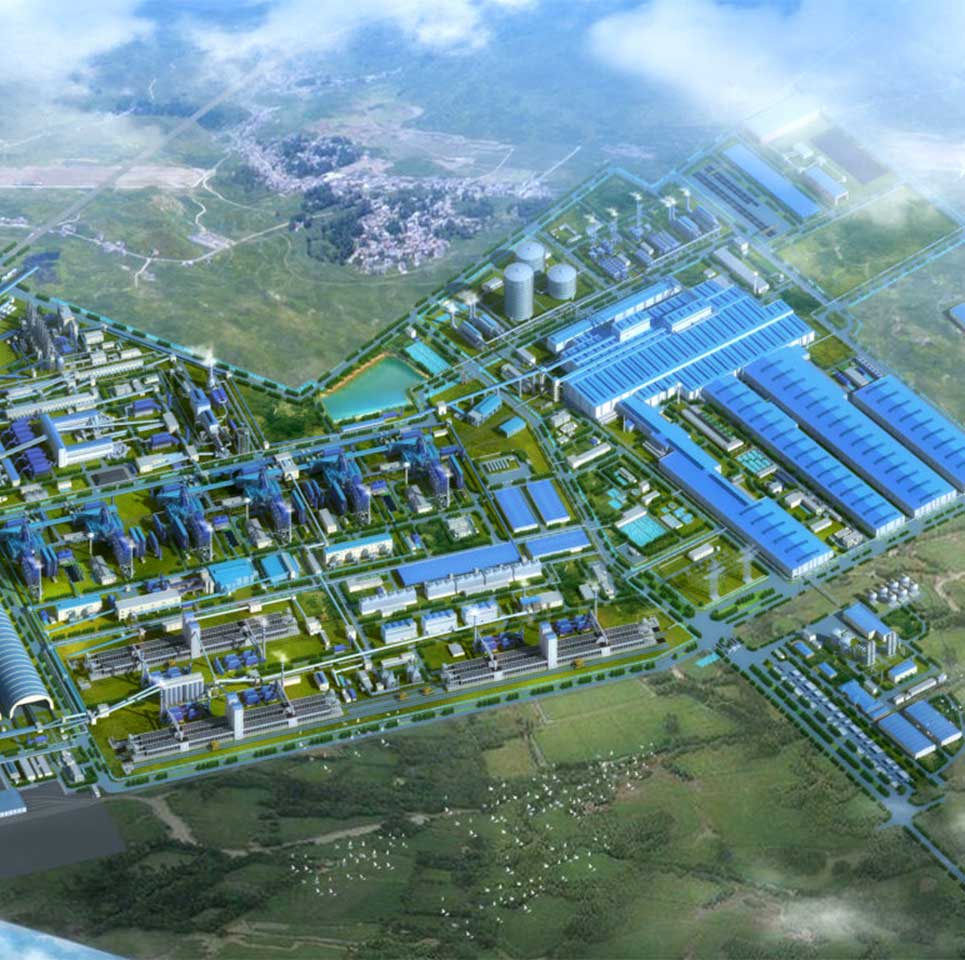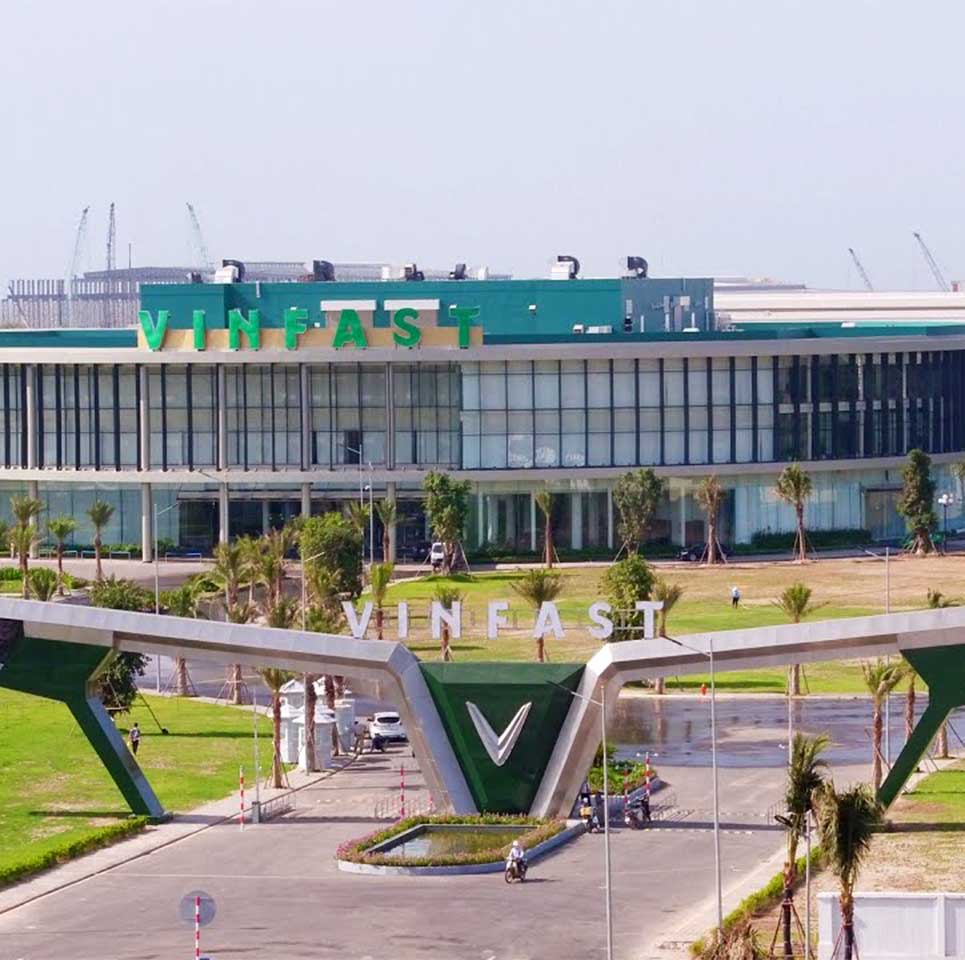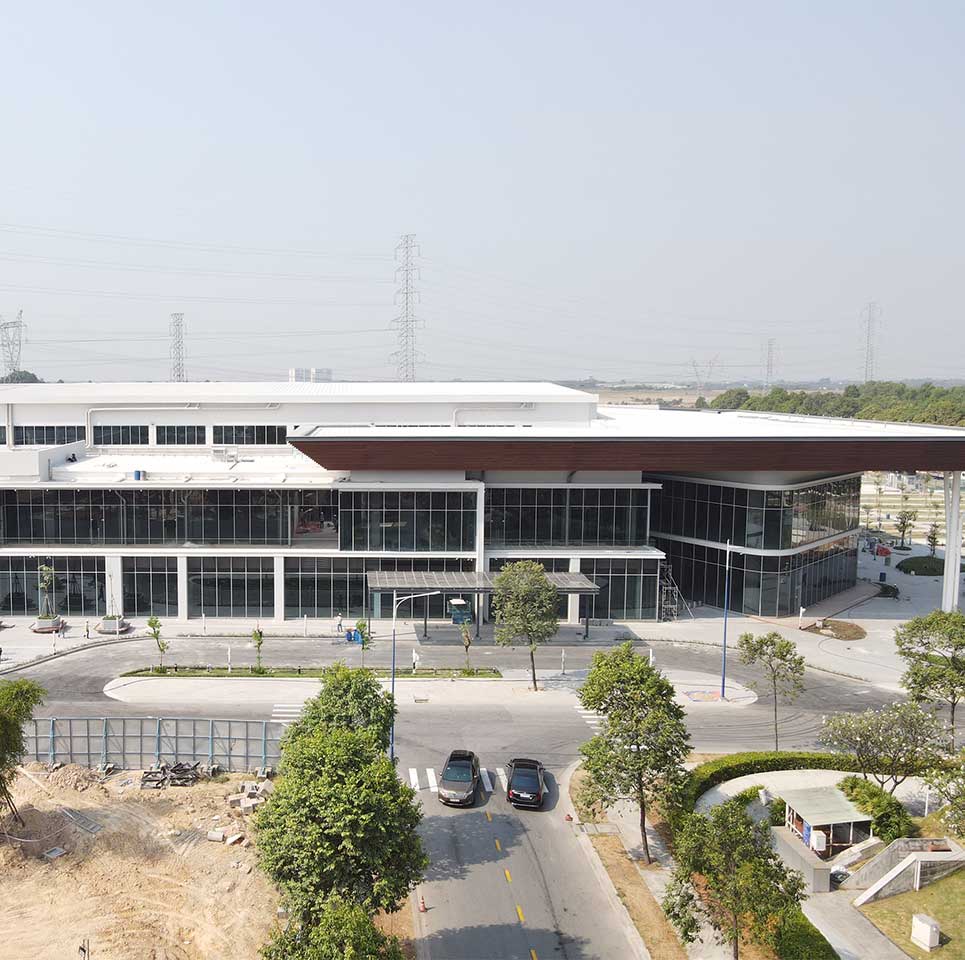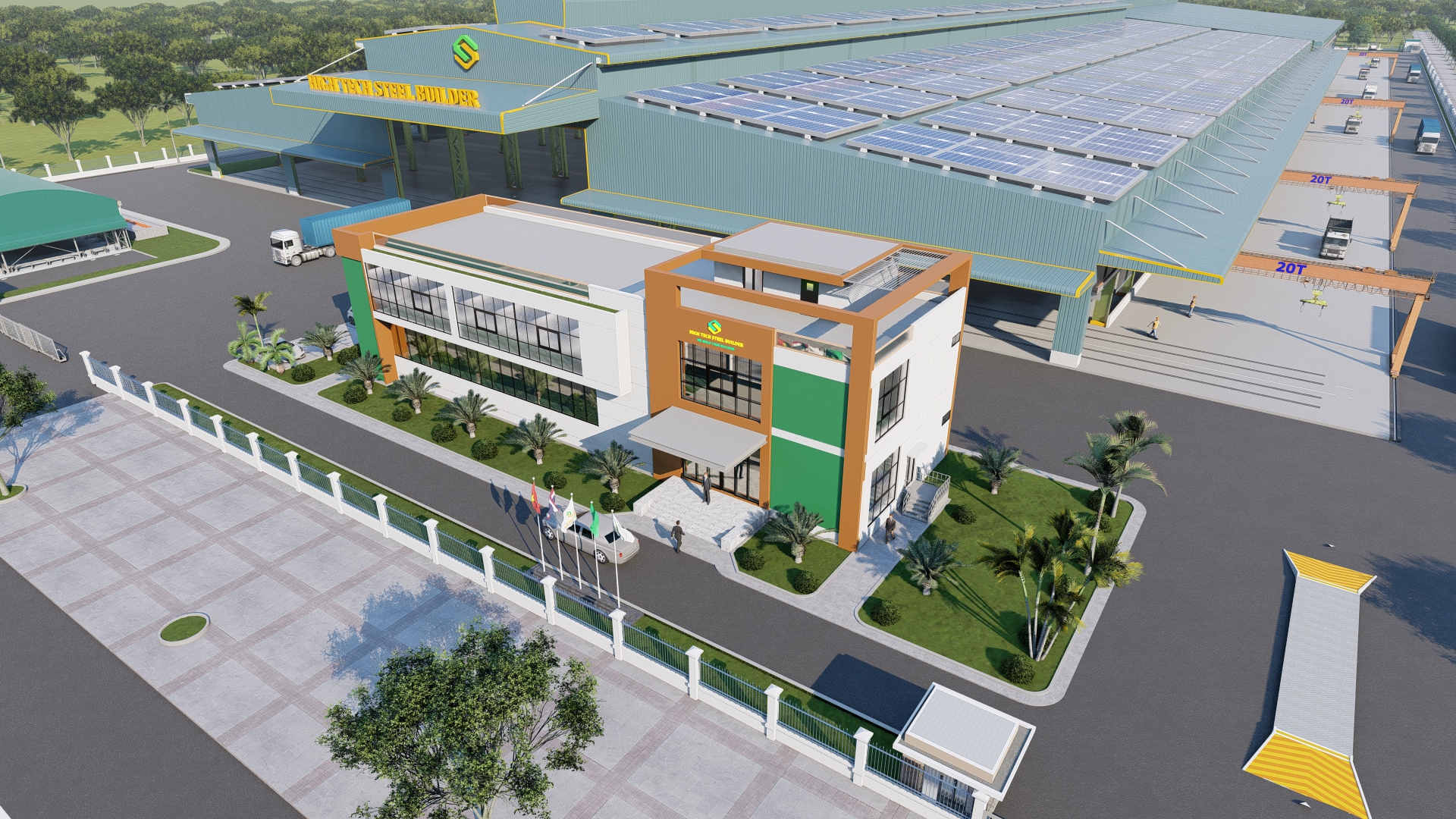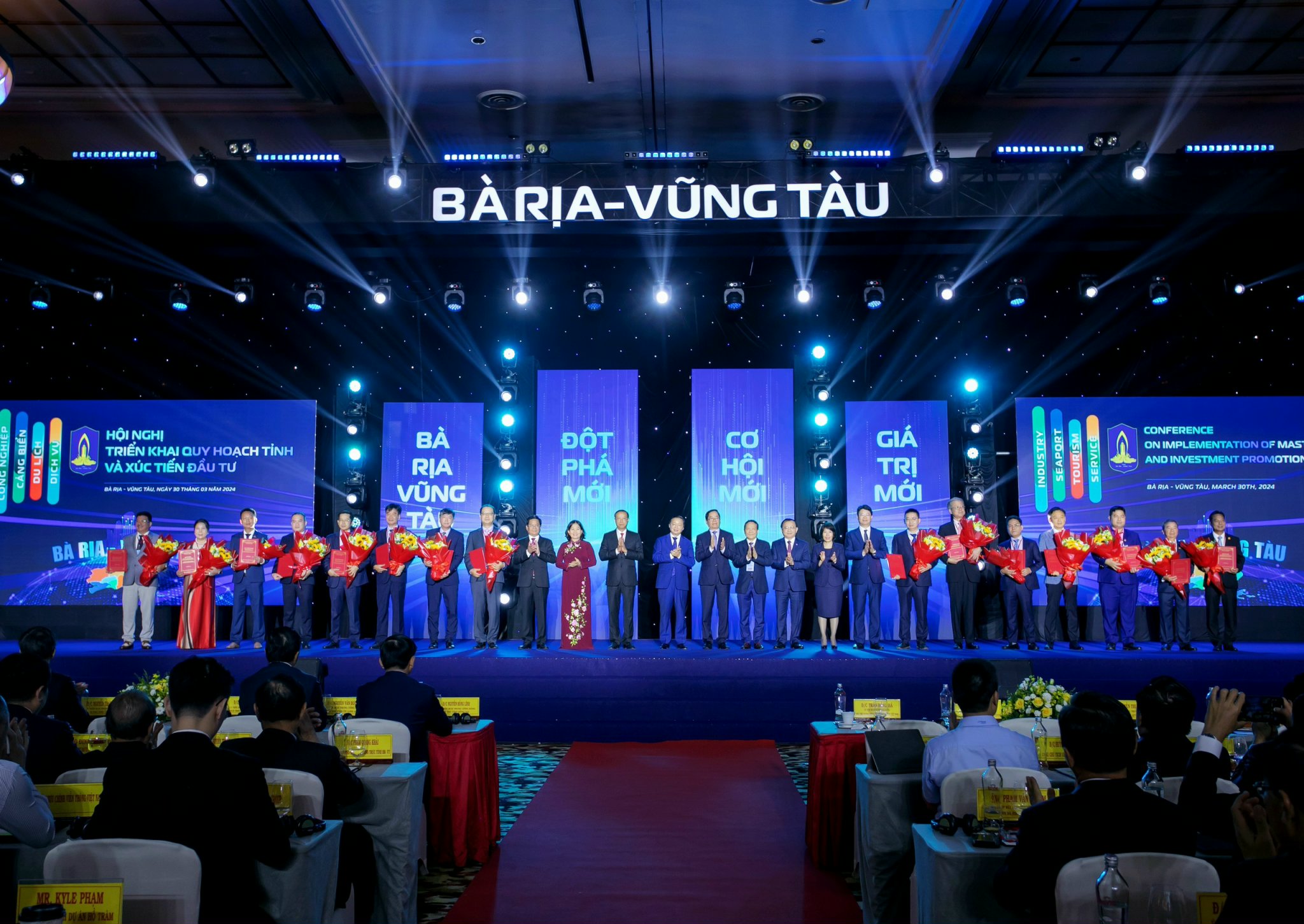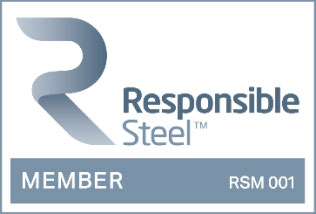Steel Builder High-Tech Steel Joint Stock Company (HTSB)
Embracing a greener future for steel
Embracing a greener future for steel
Embracing a greener future for steel
Embracing a greener future for steel
Our Approach
Steelmaking with a conscience is integral to how we do business
With profound respect for our planet, steel production is not merely about producing steel products for high-quality engineering projects.
We envision a sustainable future for the steel industry, eliminating waste and offering green technology solutions, utilizing environmentally friendly materials akin to LEED-certified buildings, actively contributing to the circular economy.
We not only emphasize providing excellent products and services but also dedicate ourselves to building long-term and trustworthy partnerships.
Our mission extends beyond business development to positively contribute to the sustainable development of our community and nation.
We pledge to actively support the investment projects of Ba Ria Vung Tau Province and contribute to the overall prosperity of the region.
Our Services
We provide consultancy in design, manufacturing, and installation of pre-engineered steel houses, high-tech structural steel, diverse commercial projects, as well as construction contracting services.
We build your success
100,000+
600+
3
190
800+
9
BW INDUSTRIAL


Quantity
2600 Tons
BW Industrial

Year Completed
2020
Project Type
WarehouseProjects
HOA PHAT DUNG QUAT 2
The steel complex project, with an investment of 85,000 billion dong, has a capacity of 5.6 million tons of steel per year.

Location
Quang Ngai Province
Quantity
7000 Tons
Investor
Hoa Phat Group
Area
16,000 sqm
Year Completed
2023
Project Type
IndustryVINFAST CAR FACTORY
This is the first car factory in Vietnam to have a complete, integrated and highly automated production process, making it the most modern in Southeast Asia.

Location
Hai Phong Province
Quantity
6,500 Tons
Investor
Vingroup
Area
23,000 sqm
Year Completed
2020
Project Type
IndustrySORA GARDENS SC
The first shopping center in Binh Duong New City

Location
Binh Duong New City
Quantity
2,000 Tons
Investor
Becamex Tokyu
Area
15,000 sqm
Year Completed
2023
Project Type
CivilBW INDUSTRIAL

Location
Binh Duong Province
Quantity
2600 Tons
BW Industrial

Year Completed
2020
Project Type
WarehouseProjects
HOA PHAT DUNG QUAT 2
The steel complex project, with an investment of 85,000 billion dong, has a capacity of 5.6 million tons of steel per year.

Location
Quang Ngai Province
Quantity
7000 Tons
Investor
Hoa Phat Group
Area
16,000 sqm
Year Completed
2023
Project Type
IndustryVINFAST CAR FACTORY
This is the first car factory in Vietnam to have a complete, integrated and highly automated production process, making it the most modern in Southeast Asia.

Location
Hai Phong Province
Quantity
6,500 Tons
Investor
Vingroup
Area
23,000 sqm
Year Completed
2020
Project Type
IndustrySORA GARDENS SC
The first shopping center in Binh Duong New City

Location
Binh Duong New City
Quantity
2,000 Tons
Investor
Becamex Tokyu
Area
15,000 sqm
Year Completed
2023
Project Type
CivilNews and Articles
View moreThe HTSB project at Chau Duc Industrial Park, Ba Ria Vung Tau Province is the third factory of Steel Builder Joint Stock Company
Ba Ria – Vung Tau Province awards Investment Certificate for the High-Tech Steel Structure Manufacturing Plant project by Steel Builder Joint Stock Company (HTSB) in Chau Duc Industrial Park.
The HTSB project at Chau Duc Industrial Park, Ba Ria Vung Tau Province is the third factory of Steel Builder Joint Stock Company
Ba Ria – Vung Tau Province awards Investment Certificate for the High-Tech Steel Structure Manufacturing Plant project by Steel Builder Joint Stock Company (HTSB) in Chau Duc Industrial Park.
Contact us
-
Vietnam Office
- (+84) 28 3990 1888
- (+84) 28 3990 3345
- sales@steelbuilder.vn
-
Australia Office
- (+61) 452 161 783
- Mr. Arthur Visedo
- Arthur@steelbuilder.com.au
-
REPRESENTATIVE OFFICE
65 Pham Ngoc Thach Street, Vo Thi Sau Ward, District 3, Ho Chi Minh City.
Phone: (+84) 28.3990.1888
-
FACTORY
Factory 1: N7 Street, Phu My 2 Industrial Park, Phu My Ward, Phu My City, Ba Ria – Vung Tau Province.
Factory 2: DH423, Group 3, Ba Tri Hamlet, Tan Hiep Ward, Tan Uyen City, Binh Duong Province.
Factory 3: Lot L, Street D.02, Chau Duc Industrial Park, Suoi Nghe Commune, Chau Duc District, Ba Ria – Vung Tau Province.

AUSTRALIA OFFICE
Brisbane Office: 316 Adelaide Street, Brisbane City QLD 4000, Australia
Melbourne Office: 8th Floor, 356 Collins Street, Melbourne VIC 3000, Australia
Phone: (+61) 452 161 783
Mr. Arthur Visedo
Email: Arthur@steelbuilder.com.au
PHILIPPINE OFFICE
Penthouse A1 Alabang Commercial Tower 1216 Acacia Ave., Madrigal Alabang Commercial Area, Muntinlupa City
Phone:
(+63) 9159 638 982
(+63) 9189 212 577
REPRESENTATIVE OFFICE
65 Pham Ngoc Thach, Vo Thi Sau Ward, District 3, Ho Chi Minh City.
Phone: (+84) 28.3990.1888
FACTORY 1
Road N7, Phu My 2 Industrial Park, Phu My Ward, Phu My City, Ba Ria – Vung Tau Province.
Phone: (+84) 25.4389.0998
FACTORY 2
DH423, Group 3, Ba Tri Hamlet, Tan Hiep Ward, Tan Uyen City, Binh Duong Province.
Phone: (+84) 25.4389.0998
FACTORY 3
Lot L, Road D.02, Chau Duc Industrial Park, Suoi Nghe Commune, Chau Duc District, Ba Ria – Vung Tau.
MYANMAR OFFICE
No. 62, 6th Floor (B) Shangone Street, Manigone Sanchaung Town
Phone:
(+95) 9664 289 091
(+95) 9403 413 102
